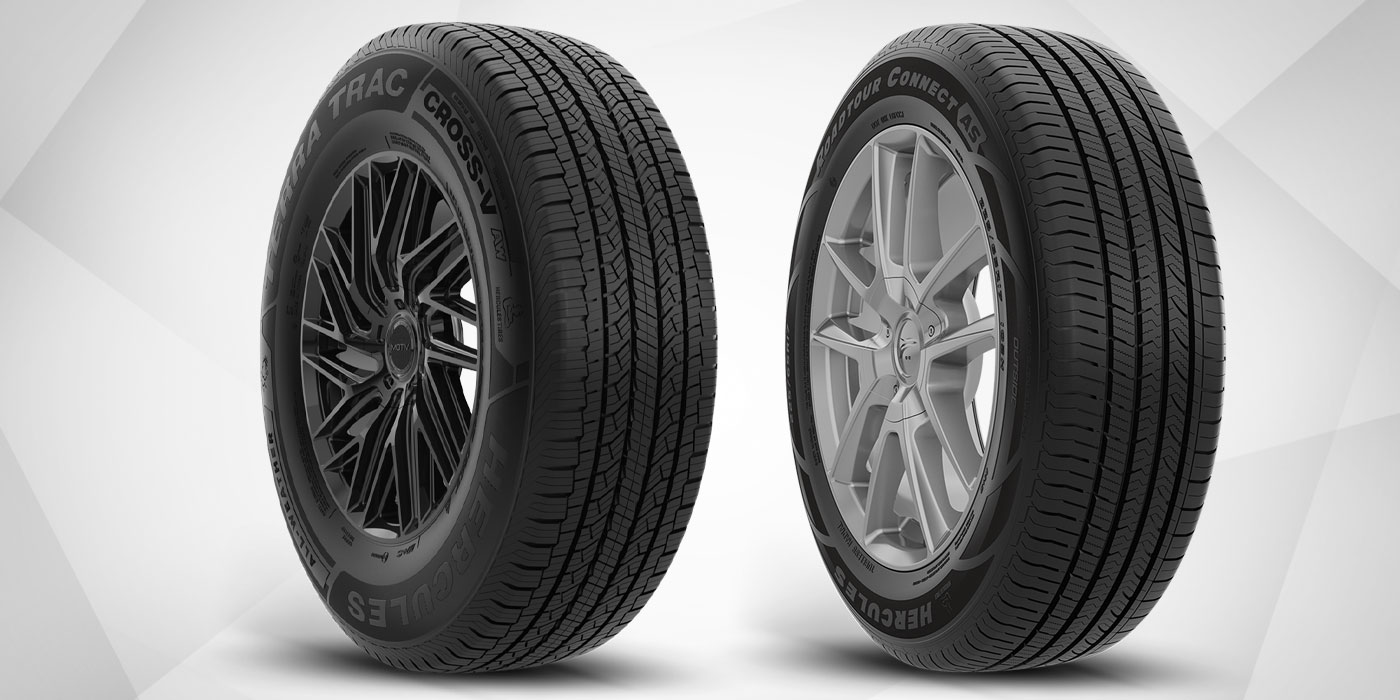r.
Troubleshooting Tips
When the ambient outdoor temperature falls 10F, the tire can lose around 5 psi depending on where you live and how much the temperature dips. The reverse is true in hot climate zones. The tire will gain air pressure. Sometimes heating and cooling can amount to 50 psi over the course of a full seasonal year. That will turn the dash light on from time to time. Just remember this: cold weather will reduce the air pressure, warm weather will increase the air pressure; it is important to recheck tire pressure every time the weather changes dramatically, at the very least seasonally.
That’s another reason for you to check your customer’s inflation pressure all the way around. You don’t want “check tire pressure” warning lights glowing all over town. Remember also that sunlight heats up tires even if the vehicle isn’t being driven. You will find that one side of the vehicle will be warmer than the other, because the sunlight will work its way around the vehicle during the course of a few hours. Your solution here is to check the inflation pressure often to avoid not only over- or underinflated tires, but for sensitive TPMS systems as well. Never eyeball pressure, always use an accurate gauge.
On most applications, the transponders in each wheel must be reset if they are rotated to another position on the vehicle. This can often be done by placing a J-41760 magnet over the valve stem or by using a Tech 2 or equivalent scan tool.
Another method, called the magnet method, works this way. With the key on but engine off, press both lock and unlock buttons on the key fob. A horn chirp within 10 seconds indicates the TPMS receiver is in the programming mode. Place the magnet over the left front valve stem until the horn chirps again. This forces the left front sensor to transmit its code to the main module.
Repeat the same procedure for the right front, right rear and left rear sensors in this order. Then verify that all four pressure readings are displayed correctly on the driver information center.
Finally there is the scan tool method, mentioned earlier. If no sensors are being replaced, you can use your scan tool to reprogram the new wheel locations. Just follow the menu prompts when you come to “TPMS Reprogramming Procedure.”
Here’s another quick tip. Drivers should not use any old tire sealer with direct TPMS systems. Tell them that if they have a flat tire on a TPMS-equipped vehicle, they should only consider using a TPMS-friendly tire sealant/inflator. These products are designed to not gum up the TPMS sensors inside the wheel and prevent them from reading normally. Some sealant/inflator products even have a warning label stating they should not be used in wheels that contain TPMS sensors. Believe me, you don’t want to deal with that, and your customers will thank you.













